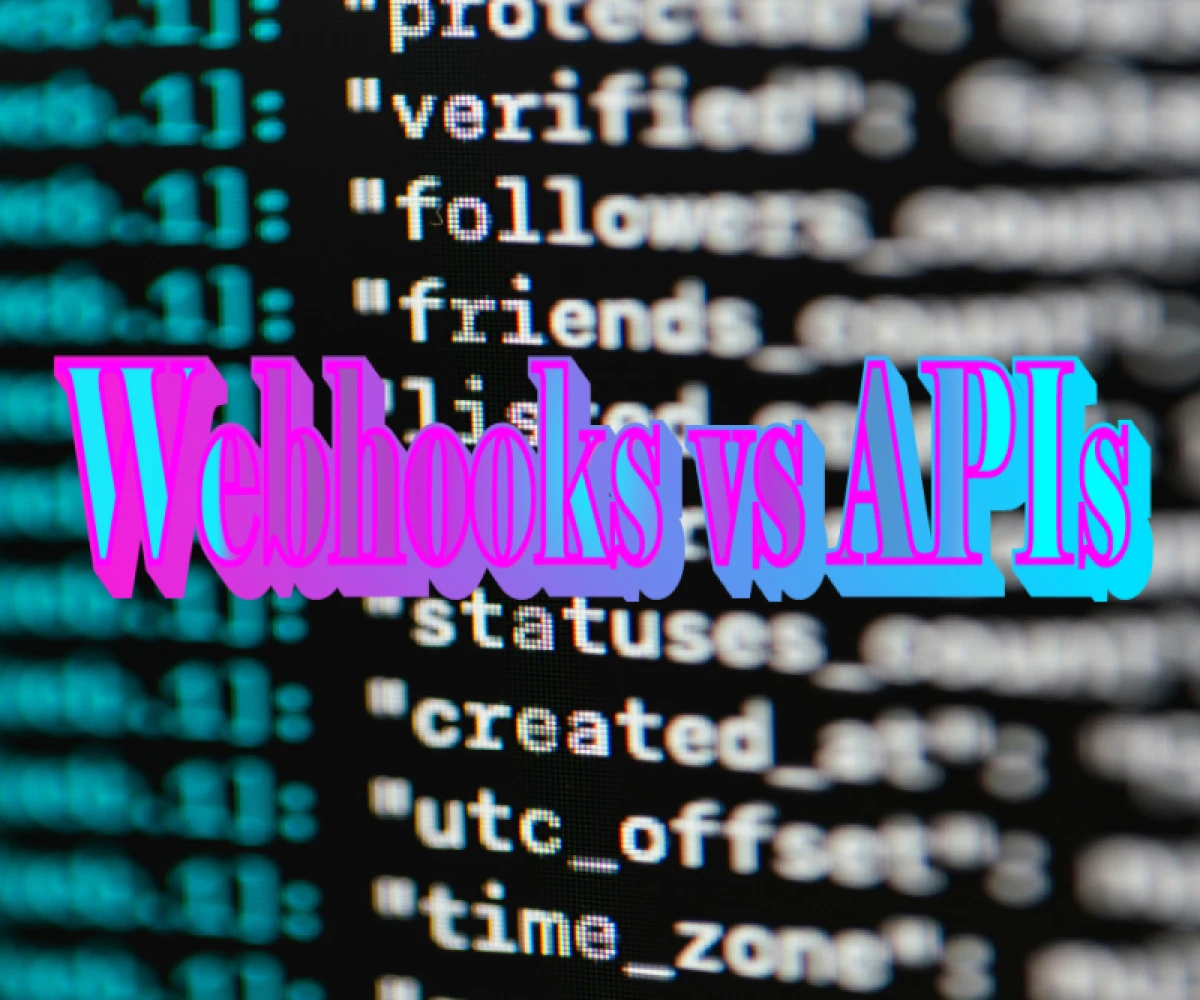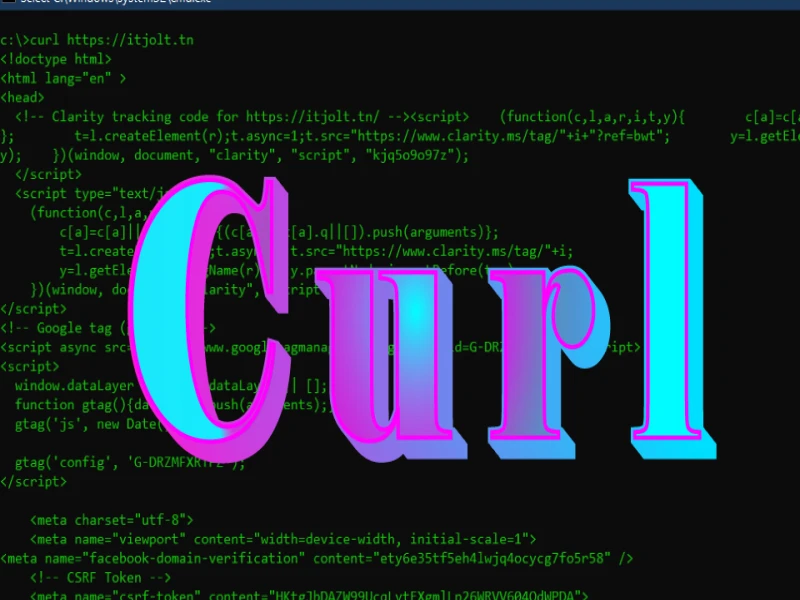
Webhooks vs APIs: What's the Buzz About Triggers and Requests?
Webhooks vs. APIs: Triggered Actions vs. On-Demand Requests
In the world of web applications, communication is key. Data needs to flow between different services to keep things running smoothly. But how exactly does that communication happen? Two popular methods are APIs (Application Programming Interfaces) and webhooks. While they both serve the purpose of data exchange, they work in fundamentally different ways. This blog post will break down the key differences between webhooks and APIs, along with examples to illustrate their use cases.
APIs: Pulling Data on Demand
Imagine you're a researcher and need specific data from a government website. An API acts like a librarian assisting you. You (the application) make a request to the API (the library), specifying exactly what data you need (like a specific book title and author). The API then retrieves that data and delivers it to you.
- Two-way communication: APIs allow for both requesting and sending data.
- Initiation: You, the application, initiate the communication by making a request.
- Flexibility: APIs are incredibly versatile and can be used for a wide range of tasks, from fetching user information to processing payments.
Example: Booking a Flight
When you search for flights on a travel website, you're interacting with an API. The website sends a request to the airline's API, specifying your origin, destination, and travel dates. The airline's API retrieves flight availability and prices, and sends that data back to the travel website.
Webhooks: Automatic Notifications
Now, let's say you've placed an order on an e-commerce website and want to be notified when it ships. This is where webhooks come in. A webhook is like a doorbell. When a specific event occurs on a service (like your order being shipped), a notification is sent to a designated URL (your doorbell) on another application.
- One-way communication: Webhooks typically transmit data in one direction, from the service generating the event to the listener application.
- Event-driven: Webhooks are triggered by specific events, making them ideal for real-time updates.
- Efficiency: By relying on notifications instead of constant polling, webhooks can save on resources and improve responsiveness.
Example: Inventory Management
An e-commerce store might use webhooks to update its inventory management system. Whenever a customer places an order, a webhook notification is sent to the inventory system, automatically reducing the stock level for that item.
Choosing the Right Tool
So, when should you use an API or a webhook? Here's a quick guideline:
- Use an API if you need to actively retrieve data or perform actions on another service.
- Use a webhook if you want to be notified automatically when specific events occur on another service.
In conclusion, both APIs and webhooks are valuable tools for enabling communication between web applications. By understanding their strengths and weaknesses, you can choose the right approach for your specific needs.


